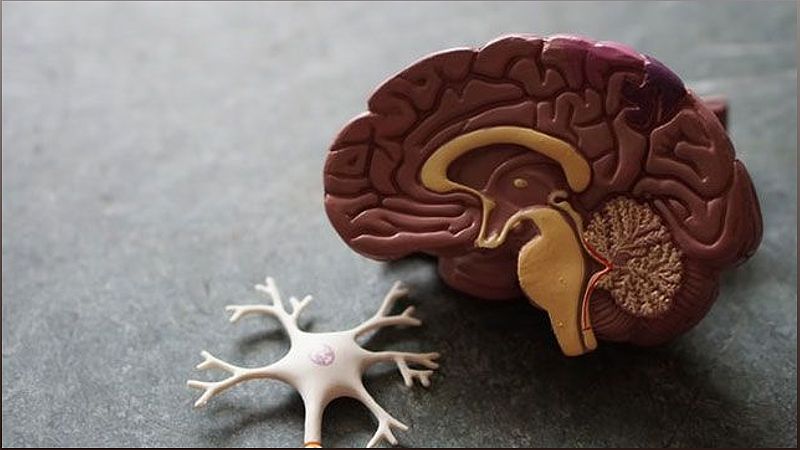Discover the groundbreaking development of 3D-printed brain tissue that closely resembles the complexity and functionality of the human brain. This scientific achievement opens up new possibilities for studying neurological disorders and developing treatments. Explore the innovative process and its potential implications for Alzheimer's, Parkinson's, and more.
Revolutionizing Brain Research with 3D-Printed Tissue
Traditional 3D-printing methods have faced limitations when it comes to printing brain tissue. However, a team of scientists from the University of Wisconsin-Madison has made a groundbreaking breakthrough. They have developed a process that allows them to 3D-print brain tissue that closely resembles the complexity and functionality of the human brain.
By horizontally situating brain cells, specifically neurons grown from induced pluripotent stem cells, in a softer 'bio-ink' gel, the researchers have enabled the neurons to grow into each other and communicate, forming networks similar to those found in human brains.
This revolutionary technique offers precise control over the types and arrangement of cells, surpassing the capabilities of brain organoids. Different types of neurons can be printed and pieced together in specific ways, creating a defined system to study the intricate workings of the human brain network.
Unleashing the Potential for Neurological Disorder Research
The 3D-printed brain tissue holds immense promise for researchers studying neurological and neurodevelopmental disorders such as Alzheimer's and Parkinson's disease. It provides a unique opportunity to delve deeper into the mechanisms underlying these conditions and develop more effective treatments.
Researchers can utilize the printed brain tissue to study various aspects of brain development and neurodegenerative disorders. It can also shed light on signaling between cells in conditions like Down syndrome and interactions between healthy tissue and tissue affected by Alzheimer's.
Moreover, the accessibility of this printing technique is a game-changer. It can be implemented in many labs without the need for specialized equipment or complex culturing methods to keep the tissue healthy.
Advancing Understanding through Functional Brain Tissue
Unlike traditional brain organoids, the 3D-printed brain tissue can mimic the functionality of real brain tissue. This opens up new avenues for studying how the human brain network operates and responds to various stimuli.
With this innovative tool, researchers can investigate the intricate signaling and connections between neurons. They can study the development and functioning of neural circuits, providing valuable insights into the mechanisms underlying brain disorders and potential therapeutic interventions.
Furthermore, the ability to print different types of neurons and arrange them in specific ways allows for precise experiments and the exploration of specific brain regions or networks.
Future Enhancements and Implications
The development of 3D-printed brain tissue is just the beginning. The researchers at the University of Wisconsin-Madison are committed to further improving their bio-ink and equipment to enable specific orientations of cells within the printed tissue.
These advancements could lead to even more accurate models of the human brain, enabling researchers to unravel the complexities of neurological disorders and develop targeted treatments.
Additionally, the widespread accessibility of this printing technique paves the way for collaborations among scientists worldwide, accelerating progress in the field of neuroscience and ultimately benefiting patients affected by brain-related conditions.

